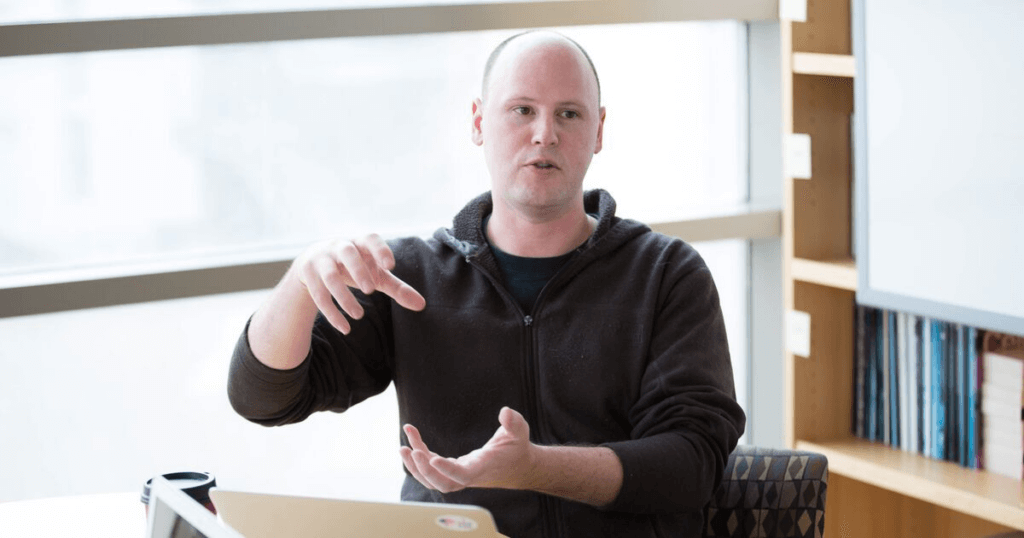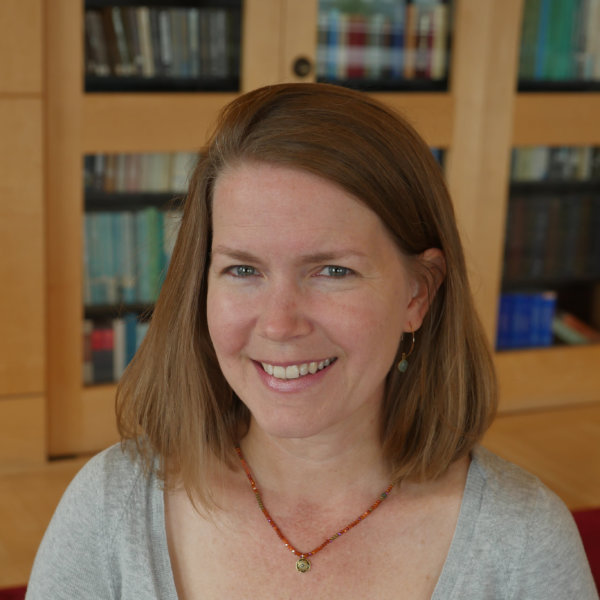Successfully securing funding and publishing scientific research are essential to the academic and career development of faculty, students, and researchers at UCSF. Critical elements to that success are developing effective writing skills and employing clear writing for an audience of peers in the sciences. To help facilitate our community’s equitable access to publication and grant writing, UCSF affiliates can now access the online course Scientific Writing for UCSF Authors: Techniques for Clarity and Brevity on the Collaborative Learning Environment (CLE). This self-paced course is free to everyone with a UCSF email address.
The course focuses on indispensable learning techniques for achieving clarity and brevity in scientific writing, including publication, grant proposals, and other written scholarly communications. Starting from the premise that it is the author’s responsibility to ensure the reader doesn’t struggle to understand the author’s message, the course covers:
- Principles of choosing words carefully
- Designing well-constructed sentences
- Building structured paragraphs
- Displaying scientific thinking clearly and effectively
Meet the instructor
Pamela Derish, MA, director of the scientific publications office in the UCSF Department of Surgery, is the course instructor. Derish offers writing courses and editing services for the Department of Surgery and gives lectures, workshops, and courses on scientific writing for the UCSF School of Medicine and School of Nursing. She is recognized across UCSF for her skill and expertise in scientific writing and editing.
Access the course
Scientific Writing for UCSF Authors: Techniques for Clarity and Brevity is available to all UCSF students, staff, and faculty on the UCSF CLE. To access, click the “Continue” button at the bottom of the course page under “Self enrollment (Participant)” and log in to MyAccess when prompted. Once a participant is enrolled, they can access the course indefinitely and it will appear under the “My courses” tab.
The course content is broken up into four topical sections. Each section contains six to ten subtopics with a brief video and summary. After each topic, participants can take quiz questions or practice exercises to engage with the topic’s concepts. The instructor has also included recommended learning resources.
Support for the course
The content for this course was presented to UCSF faculty in Summer 2023 as part of the Faculty Writing Support Project. This project received funding through a Chancellor’s Fund award to the Committee on Library and Scholarly Communication (COLASC) in academic year 2022-2023 and was supported by the Library and the Academic Senate. We give special thanks to Soo-Jeong Lee, RN, PhD, former COLASC chair, for creating the funding proposal. Albert Lee and Anneliese Taylor of the Library’s Data Science and Open Scholarship Team adapted the course materials for consumption as an interactive learning module.
Do you have a question or feedback about the course? Contact the scholarly communication team.

